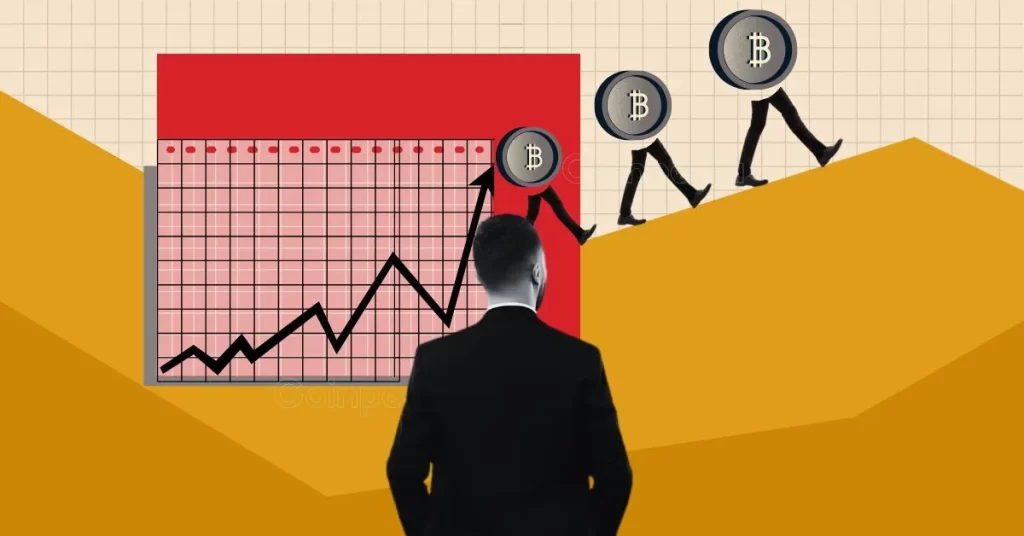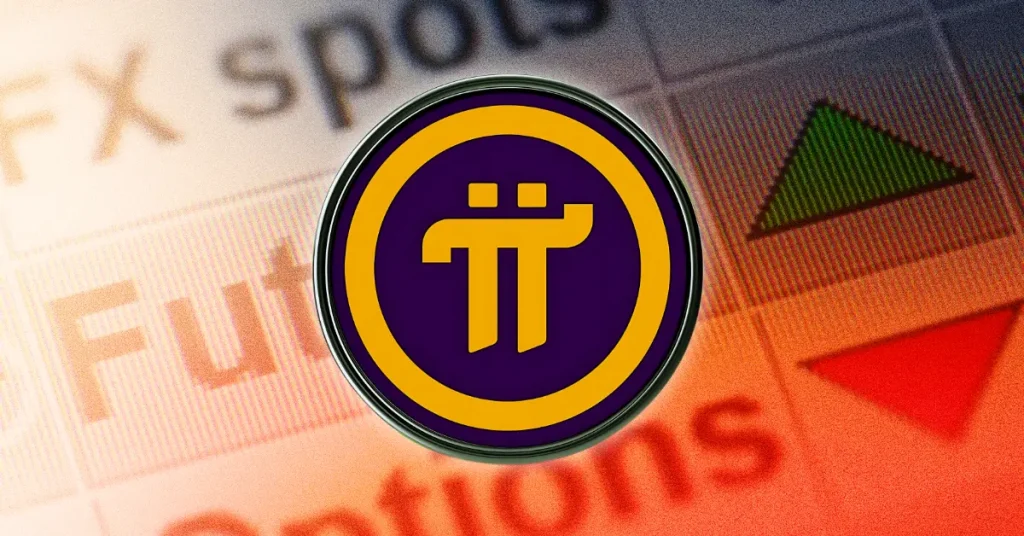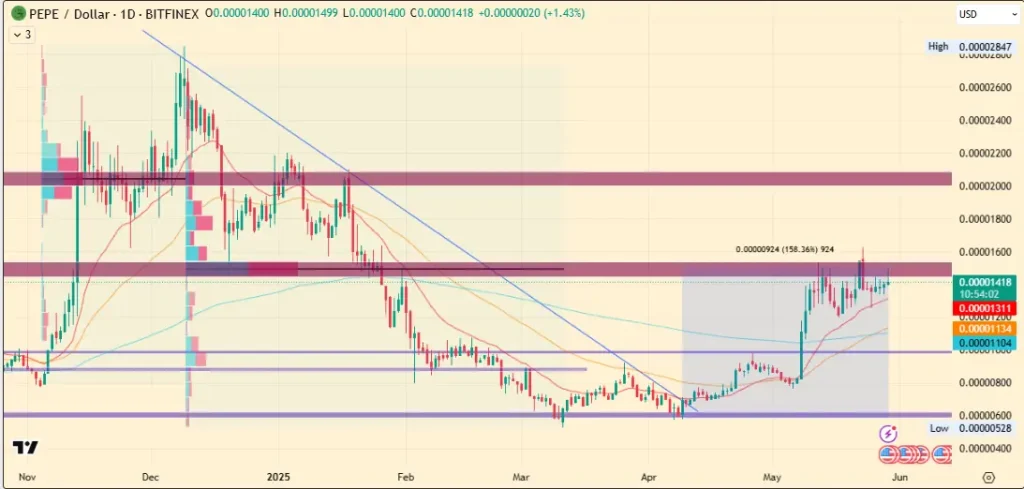
The post Why is Crypto Market Down Today ? When Will it Recover? appeared first on Coinpedia Fintech News
Another Sunday selloff has hit the crypto market, with Bitcoin (BTC) nearing a retest of its 2025 low around $78,000. Bitcoin is down over 11% in the past week, erasing most of its previous gains. It is currently trading at $82,176, down over 4% in the past 24 hours.
The overall cryptocurrency market experienced a 7% decline, dropping to a valuation of $2.77 trillion. Solana and XRP both saw losses of 7%, while Ethereum fell by 8%, nearing the $2,000 mark. Cardano (ADA) and Dogecoin (DOGE) also were hit harder, falling nearly 7% and 9% respectively.
In the past 24 hours, the market downturn caused $616 million in liquidations, with long positions taking the biggest hit at $540 million. Bitcoin alone saw $231 million in losses.
Trump Says There Might Be Some Disruption
In a recent Fox News interview, President Donald Trump was asked about the possibility of a recession in 2025. He responded cautiously, stating, “I hate to predict things like that,” he said, “There is a period of transition, because what we’re doing is very big — we’re bringing wealth back to America, It takes a little time.”
However, Trump’s Commerce Secretary, Howard Lutnick, firmly dismissed worries about an economic downturn, saying, “Absolutely not,” when asked if Americans should be worried over it.
Trump addressed the potential effects of his policies, including tariffs and budget cuts. When asked about the impact, he acknowledged that there could be some short-term disruptions but emphasized the long-term vision behind his approach.
“There might be some disruption. China has a 100-year plan, while we focus on quarterly results. What we’re doing is laying the groundwork for the future,” he said.
Trump’s Approach Compared To Former Fed Chair’s
Trump’s comments were dubbed “Volckering” on social media, likening his approach to that of former Fed Chairman Paul Volcker in the 1980s. Volcker raised interest rates to extreme levels to combat persistent inflation, fully aware that it would trigger harsh recession. His tough measures eventually broke inflation and set the stage for long-term economic growth. The comparison suggests that Trump’s policies, while disruptive now, could have long-term benefits.
The recent decline in Bitcoin comes as trade tensions between the U.S. and China are set to worsen on Monday, with Beijing imposing tariffs on U.S. agricultural goods in response to President Trump’s latest import hike. This trade war has created significant market uncertainty.
Bitcoin To Revisit Lower Levels!
BitMEX co-founder Arthur Hayes warned that Bitcoin could drop further, possibly revisiting the $78,000 level. He noted that many Bitcoin options are priced between $70,000 and $75,000, which could create more volatility if the price moves into that range.
On Friday, Federal Reserve Chairman Jerome Powell stated that the central bank will remain cautious on interest rates while evaluating the impact of Trump’s policies. His comments followed a weak U.S. nonfarm payrolls report, and expectations for at least three rate cuts from the Fed this year.
Traders are now keeping an eye on key economic reports this week, like the U.S. Consumer Price Index on March 12 and the Producer Price Index on March 13. These could impact Bitcoin’s next move.
A Rebound Could Follow Soon?
Bitcoin’s recent price movements have sparked varied reactions among investors. Some view the current dip as a buying opportunity, anticipating that the market will rebound. Conversely, others fear that the downward trend may persist, influenced by broader economic factors.
The crypto market’s recovery depends on factors like the economy, government rules, and price movements. If inflation gets better and the Federal Reserve makes changes, it could boost confidence. Clearer rules for crypto and Bitcoin rising above $95,000 could also help the market recover. However, it’s hard to predict when that will happen, as the timeline remain uncertain.
The post Why is Crypto Market Down Today ? When Will it Recover? appeared first on Coinpedia Fintech News
Another Sunday selloff has hit the crypto market, with Bitcoin (BTC) nearing a retest of its 2025 low around $78,000. Bitcoin is down over 11% in the past week, erasing most of its previous gains. It is currently trading at $82,176, down over 4% in the past 24 hours. The overall cryptocurrency market experienced a …







 BREAKING | Pi Node
BREAKING | Pi Node








